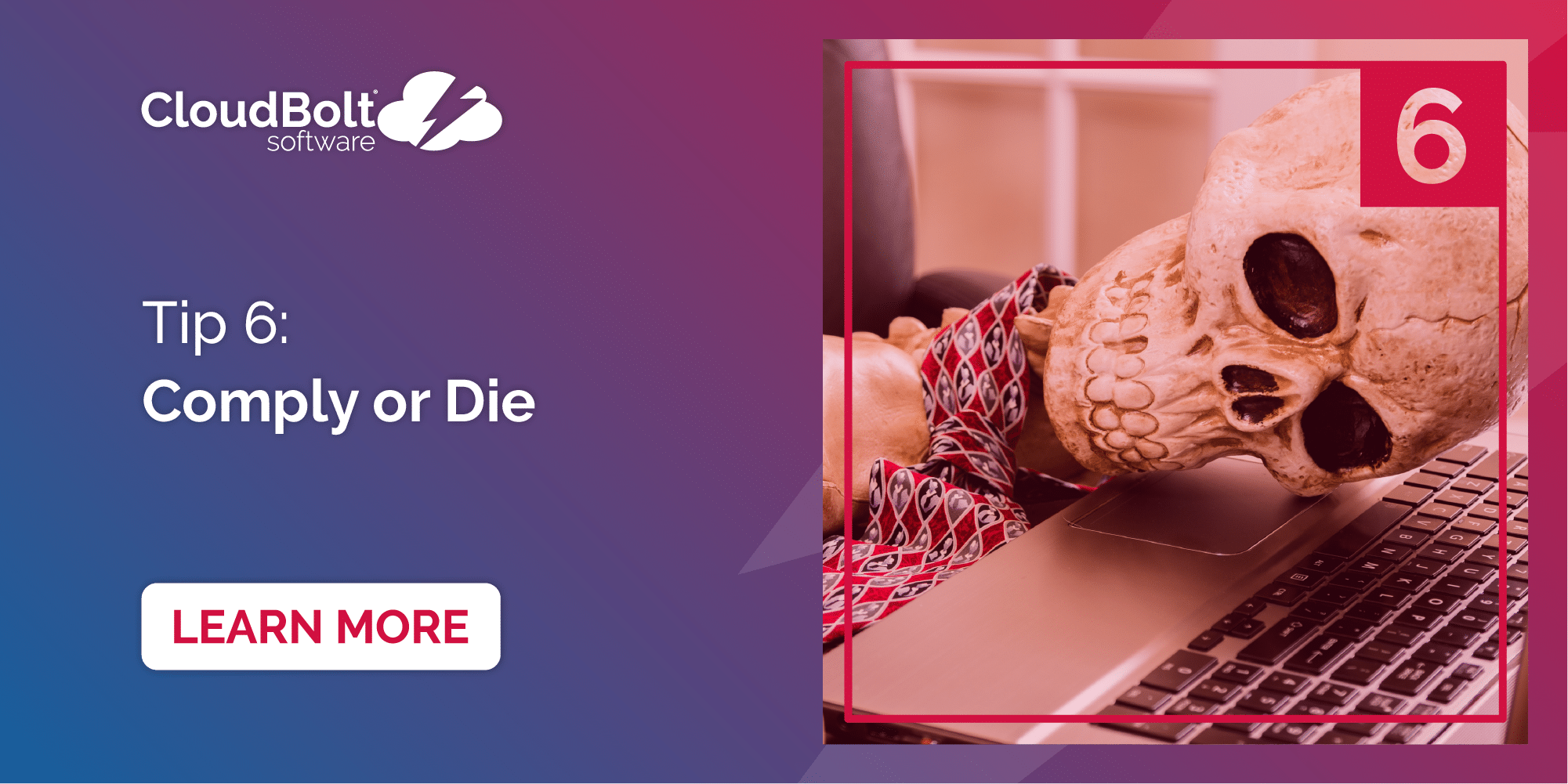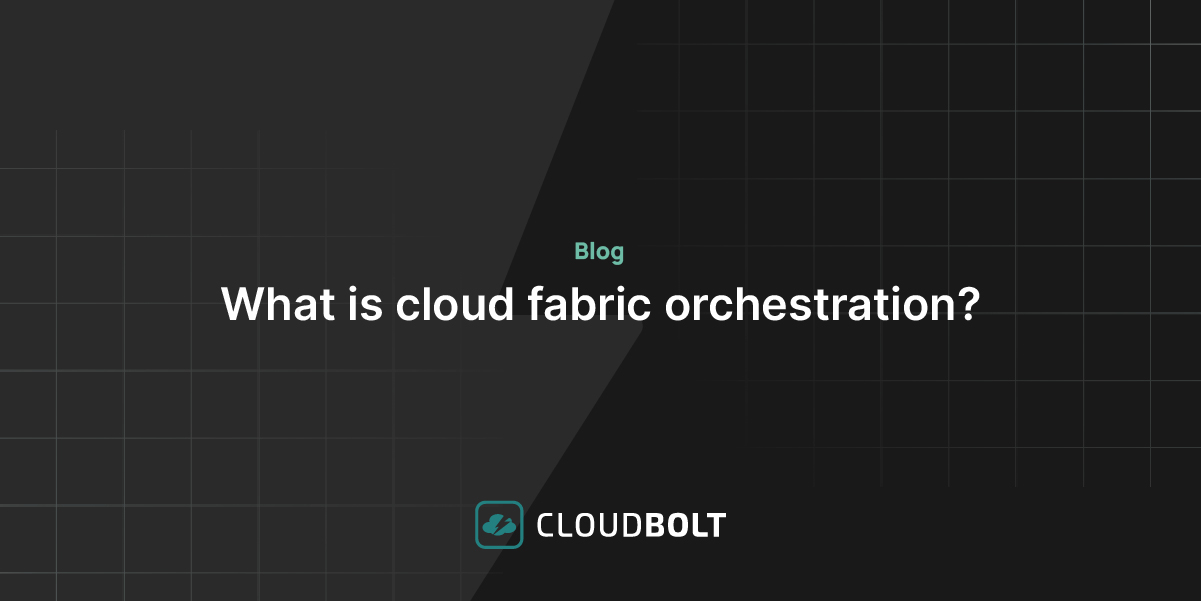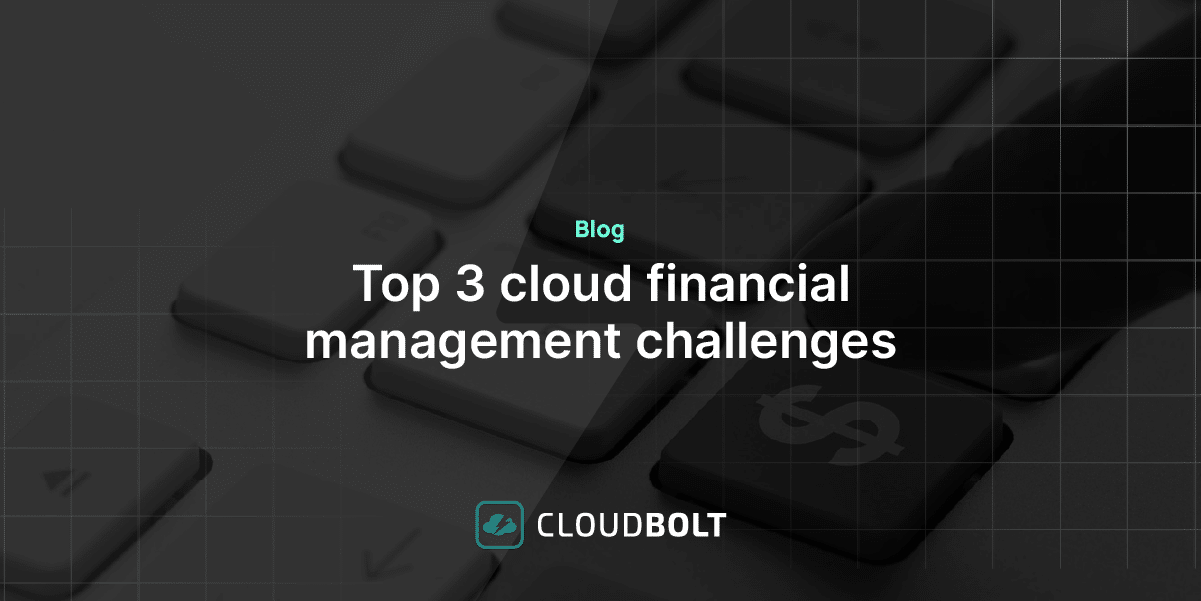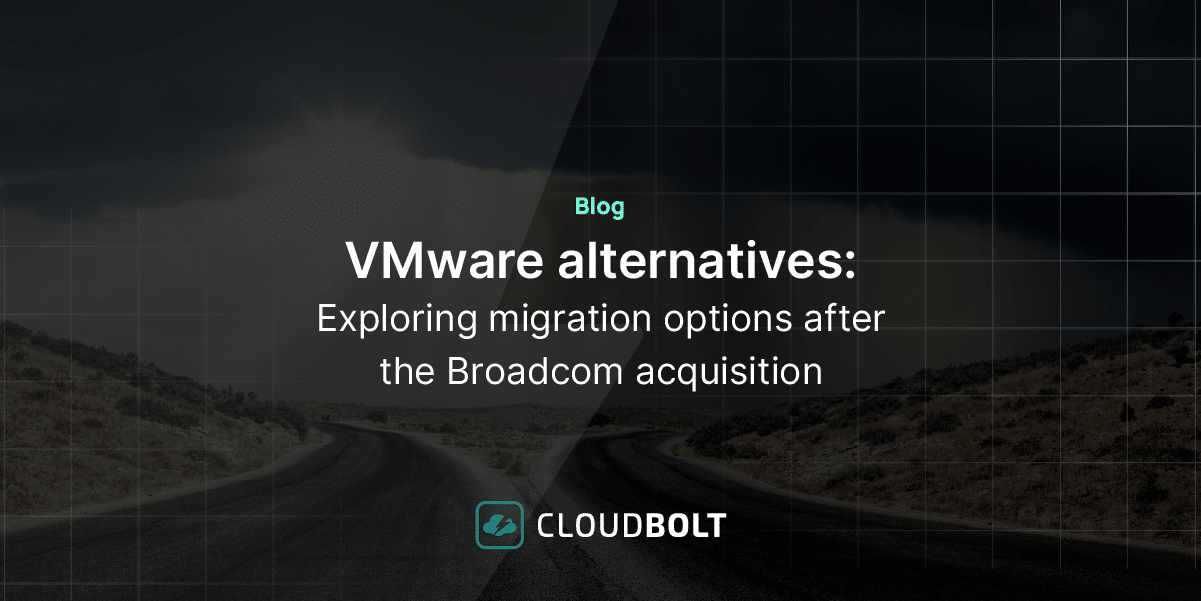
Where are you in your public cloud security optimization journey?
Public cloud adoption is exploding. Gartner forecasts worldwide public cloud end-user spending to grow 18% in 2021 to $304.9 billion. Organizations are taking hybrid and multi-cloud approaches to digitally innovate, modernize processes, build efficiencies, and collaborate among teams. With the right public cloud approach, your development team can get the resources they need fast to move your enterprise forward.
But with any technology, there is risk. Security breaches happen, and the proliferation of public cloud has given rise to shadow IT and other threats to your critical data and infrastructure.
To help your organization make sense of the current public cloud security landscape, and provide advice on how best to navigate it, we’ve created our new eBook 7 Essentials for Public Cloud Security Optimization, which you can read for free anytime.
This is the sixth post in a weekly blog series examining each of the seven essentials. This week, we’re taking a look at Essential #6: Comply or Die.
Essential #6: Comply or Die
A decade ago, compliance management was extremely expensive. It took considerable investment to ensure your systems were compliant along important frameworks. Today, in the public cloud world, much of compliance management is automatable. With more awareness, especially at the corporate board level, about breaches and security vulnerabilities, knowing where you stand on compliance and having a good answer for it is key. Plus, it might be driven by industry standards depending on your industry.
Understand the needs of your business when it comes to compliance, both from a regulatory and a non-regulatory standpoint. Whether it’s CIS, or the AWS Well-Architected Framework, or something else, it’s a smart practice to align what you’re doing to a framework for solid compliance. Otherwise, what you’re doing could be considered subjective and won’t stand up to scrutiny. If possible, establish automated policies to track and alert about any deviations in compliance frameworks. You can then send these alerts directly to users or to various groups through emails, Slack or other means.
It’s time to get your cloud security optimization in gear. Book your demo of CloudBolt’s security optimization solutions now.
Related Blogs

What is cloud fabric orchestration
Understanding the Cloud Fabric Before diving into the intricacies of cloud fabric orchestration, let’s first understand what we mean by…

